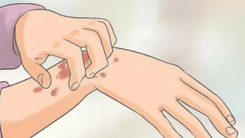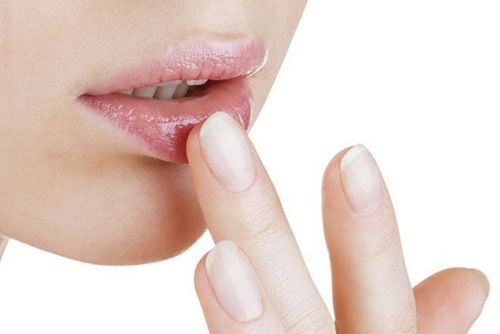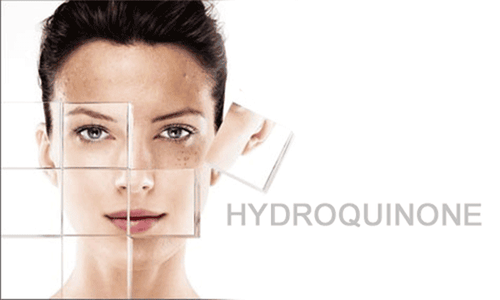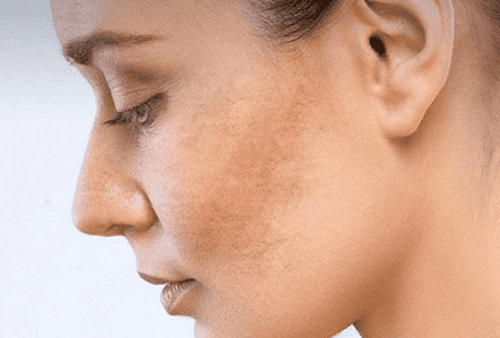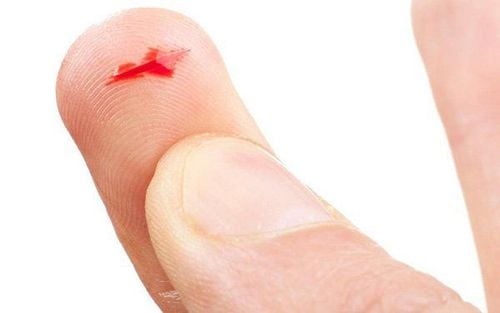A swollen, painful, and itchy scar can be a sign of a keloid. In more severe cases, if the scar has pus, it could be infected. So, what should you do when a scar is swollen?
1. Why is a scar swollen and painful?
A swollen and painful scar is one of the symptoms that can occur with a keloid. In addition, keloids can also cause itching, which is very uncomfortable, and the scar tissue tends to expand beyond the original wound size. At this point, the keloid can affect your daily life, such as physical movement, friction with clothing causing pain, and loss of aesthetic appearance.
Although a swollen and painful scar is not harmful, it is important to understand the cause of this condition to know how to treat it and prevent it from affecting your quality of life.
A scar is a protective mechanism of the body that helps heal damaged skin tissue. However, in some cases, once the tissue healing process finishes and the skin heals and flattens, instead of signaling the body to stop, the process continues, causing the scar to grow excessively, leading to keloids or hypertrophic scars.
Pain and itching are not symptoms that appear in most cases of keloid or hypertrophic scars. Only some people experience pain or itching, especially those with a tendency to form scars or those with darker skin.
The cause of this condition is that during the tissue healing process, the body releases mediators that break down histamine sacs and cause itching. Changes in weather or friction or contact with the scar can also stimulate the scar to swell, turn red, and itch.
Additionally, a swollen and painful scar can also be caused by the scar tissue growth process, which increases blood vessel production to deliver oxygen and nutrients to the damaged skin area, helping to regenerate and produce more tissue.
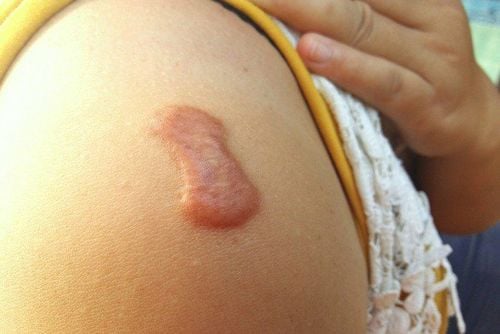
2. What to Do When a Scar Becomes Swollen?
What to do when a scar suddenly becomes swollen, painful, and itchy is a common concern, as this condition is very uncomfortable and can affect daily activities. There are many cases where patients have followed the advice on the internet or from relatives and friends, such as using ice packs, applying toothpaste, apple cider vinegar, fresh turmeric, etc. However, these methods are ineffective and may even cause skin inflammation or worsen the scar.
The best approach when a scar becomes swollen and painful is to visit a medical facility with a specialized department for an examination and consultation on appropriate treatment methods for hypertrophic scars. The main goal of scar treatment is to flatten and fade the scar so that the skin color and scar color look similar while also preventing recurrence and itching by treating blood vessels.
Currently, there are various treatments for scars, depending on the location and size of the scar, including:
Injectable Medications: Injection is a common treatment method for small hypertrophic scars. Common injectable medications include steroids, interferon, or bleomycin. Depending on the progression of the scar, redness, recurrence, and side effects, additional injections may be needed. In general, injectable medications are highly effective in treating hypertrophic scars when combined with surgical removal, cryotherapy with liquid nitrogen, or silicone gel.
Surgical Scar Removal: Surgery is typically applied for large hypertrophic scars on wide areas of skin. This method is recommended when other treatments, such as injections, are ineffective, or the skin damage is too extensive. The doctor will surgically remove the scar, then stitch the skin and possibly perform a skin graft. However, before surgery, factors such as family history of hypertrophic scars, infection at the site, pus in the scar, location of the surgery, type of injury causing the scar, skin tension after surgery, and skin pigmentation must be considered. Scar removal surgery is often combined with corticosteroid injections to increase treatment effectiveness, and additional supportive treatments may be necessary to prevent the formation of new scars.
Cryotherapy: This therapy is often applied to smaller hypertrophic scars, using liquid nitrogen to freeze and destroy capillaries and cells beneath the skin tissue, causing the scar tissue to necrose, peel off, and shrink.
Radiation therapy: Radiation therapy may be applied alone or combined with surgical removal in hypertrophic scar treatment to reduce the risk of recurrence, swelling, and itching. However, for optimal results, Radiation therapy should be done two weeks after scar removal surgery. This method may have side effects, such as increased skin pigmentation and an increased risk of cancer.
Other Treatment Methods: Applying topical medications helps soften and flatten the scar, reduce itching, and relieve pain when the scar is swollen. However, topical treatments may have side effects, such as skin thinning, loss of pigmentation, and dilated blood vessels. Other methods include compression bandages (often used in the treatment of burn scars), ligation (for areas where surgery is not possible), and laser therapy (effective for newly formed hypertrophic scars to help reduce itching).
In reality, no method can completely eliminate scars. However, these techniques can help reduce the itching and discomfort caused by swollen, painful scars while improving their appearance for better aesthetics. It is important for patients to have follow-up appointments after treatment to receive guidance and check on scar care, helping the wound heal quickly and preventing scar recurrence.
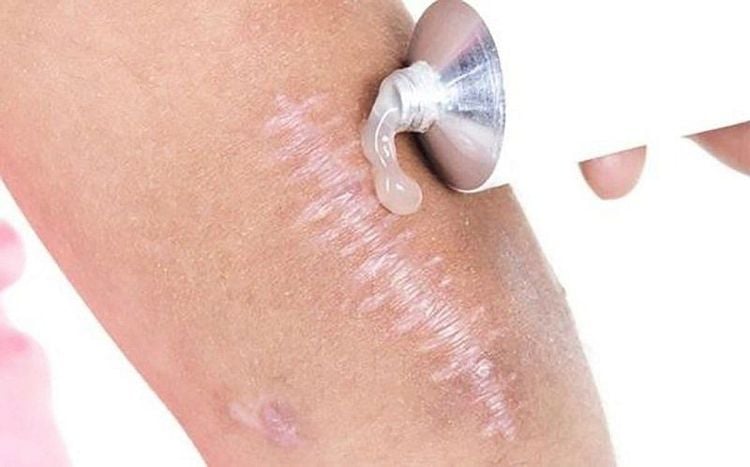
3. How to Prevent and Reduce Scar Swelling and Pain?
If you are prone to scarring, you should avoid skin injuries such as tattoos or unnecessary surgeries. To prevent scars, especially hypertrophic scars, proper wound care is essential. Here are some methods to help wounds heal faster and reduce the risk of hypertrophic scars and swelling:
- Clean the wound thoroughly, then apply an appropriate moisturizing ointment and cover it, ensuring the dressing does not stick to the skin and applies just enough pressure on the wound.
- Once the wound heals, use silicone gel sheets to prevent hypertrophic scars from forming and developing. For those with hypertrophic scars on the earlobes (from ear piercings), it is advisable to use specialized earrings that apply pressure to prevent scar formation.
- To prevent skin pigmentation around the scar, be sure to protect it from the sun when going outside.
Most scars will improve within 8 weeks. However, if the scar becomes swollen, painful, or itchy, it is best to visit a doctor to examine the scar. Avoid scratching or using medication on your own to prevent dangerous side effects such as skin thinning, hyperpigmentation, or the expansion of blood vessels.
Please dial HOTLINE for more information or register for an appointment HERE. Download MyVinmec app to make appointments faster and to manage your bookings easily.


